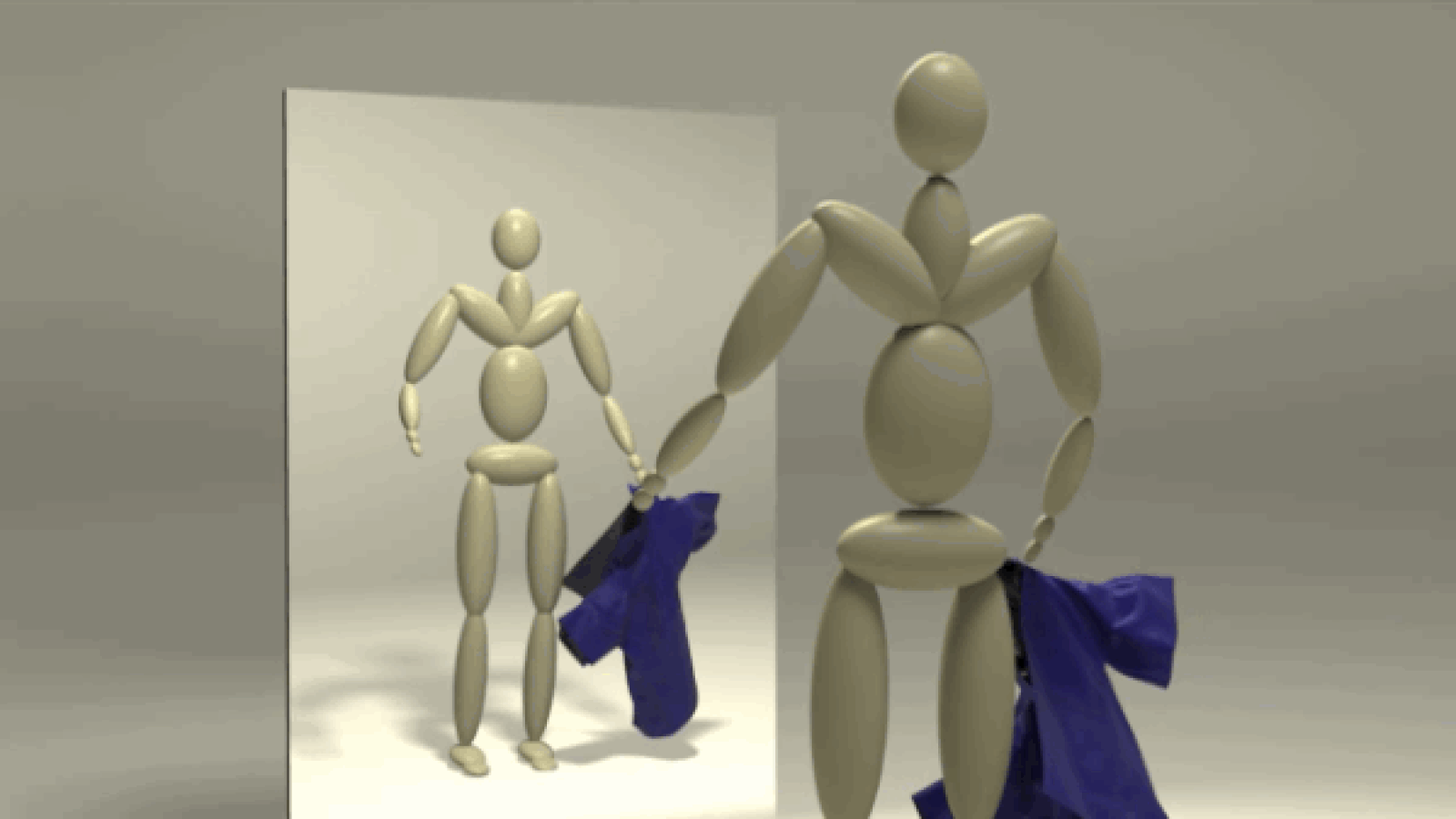Table Of Content
- The Problems With Complex Conditional Code
- Global Object Pattern
- Object-Oriented Design in Python: The SOLID Principles
- Separate Object Creation to Provide Common Interface
- Comparing Builder Pattern and Direct Object Creation
- Behavioral Patterns
- The Object-Oriented Programming (OOP) Paradigm
- Introducing Factory Method

Both the patterns, language syntax and nature impose limitations on our programming. The limitations that come from the language syntax and language nature (dynamic, functional, object oriented, and the like) can differ, as can the reasons behind their existence. The limitations coming from patterns are there for a reason, they are purposeful. That’s the basic goal of patterns; to tell us how to do something and how not to do it.

The Problems With Complex Conditional Code
It encapsulates a request as an object, thereby allowing users to parameterize clients with different requests, queue requests, and support undoable operations. In essence, it separates the object that invokes the command from the object that knows how to execute it. With the Chain of Responsibility pattern, our system becomes more flexible. As the support team grows and new specialties emerge, we can easily extend the chain without altering the existing code structure. We've previously delved into Structural and Creational design patterns, and this section focuses on another vital category - Behavioral Design Patterns.
Global Object Pattern
It can be clearly seen that it is made up of an upper triangle and a lower triangle. This one is complex because you have to deal with multiple things like spaces, stars for each row where the pattern itself is divided into two parts upper pyramid and lower pyramid. Just like the pyramid pattern, the reverse pyramid pattern follows the same logic. The only difference is that we have to print the spaces and stars with reverse logic.
Object-Oriented Design in Python: The SOLID Principles
I find these patterns very useful, but this does not mean the other pattern groups are not. You can't really call this a pattern because it's not really a good model for solving any problem, despite being technically applicable to any of them (including making dinner).
Separate Object Creation to Provide Common Interface
This service requires an authorization process where a client key and secret are provided for authorization. JSON and YAML are very similar formats, so you can reuse most of the implementation of JsonSerializer and overwrite .to_str() to complete the implementation. The format is then registered with the factory object to make it available.
Comparing Builder Pattern and Direct Object Creation
The new version of the code is easier to read and understand, but it can still be improved with a basic implementation of Factory Method. The first step when you see complex conditional code in an application is to identify the common goal of each of the execution paths (or logical paths). Let’s say you have a working method for logging information to a given destination. Your method expects the destination to have a write() method (as every file object has, for example). Think about its possible implementation in other languages such as Java and C#, and you’ll quickly realize the beauty of Python. Nevertheless, let’s see how we can implement a few, should we feel we might gain an advantage by using such patterns.
Essential Programming Skills: More than Just Languages - DataDrivenInvestor
Essential Programming Skills: More than Just Languages.
Posted: Mon, 28 Aug 2023 17:21:22 GMT [source]
Behavioral Patterns
For instance, you could wonder whether QuickSort is a pattern for solving the sorting problem. Design Patterns are reusable models for solving known and common problems in software architecture. Lets you separate algorithms from the objects on which they operate. Lets you save and restore the previous state of an object without revealing the details of its implementation. The pattern restricts direct communications between the objects and forces them to collaborate only via a mediator object.
Take your Python Skills to the Next Level With Fluent Python - Towards Data Science
Take your Python Skills to the Next Level With Fluent Python.
Posted: Wed, 11 Sep 2019 07:00:00 GMT [source]

Suppose you have a set of buttons, and each button, when clicked, should display its label. It allows us to bind a method to some data or context ahead of time, so when the method is eventually called, it inherently knows its context without explicitly being told. When developing applications, especially those of considerable complexity, we often find ourselves in scenarios where we need to share an object's state across different parts of the system. While global variables can serve this purpose, they're generally frowned upon due to the complications and unpredictability they can introduce. If software designing follows the Open-Closed Principle and Liskov Substitution Principle, then it will be implicitly aligned to confirm the Dependency Inversion Principle.
Introducing Factory Method
The Global Object Pattern underscores Python's flexible module system and the power of singletons in state management. The Prebound Method Pattern elegantly solves challenges around binding methods to class or instance objects, highlighting Python's object-oriented capabilities. Meanwhile, the Sentinel Object Pattern showcases Python's dynamism, providing a powerful tool for signaling special cases or default behaviors. It's crucial for the logger to maintain consistent configurations (like log levels or output formats) throughout various modules and components. Instead of creating new logger instances or passing the logger around, it would be beneficial to have a single, globally accessible logger instance that maintains the shared configurations.
For example, if we want to filter some content we can implement different filters, each one doing one precise and clearly defined type of filtering. These filters could be used to filter offensive words, ads, unsuitable video content, and so on. This is one of the most powerful characteristics of the language. Years ago, I read somewhere that iterators make Python awesome, and I think this is still the case. Learn enough about Python iterators and generators and you’ll know everything you need about this particular Python pattern. Let’s take a closer look at these two principles from the perspective of Python programmers.
Unlike algorithms, design patterns are a structured collection of objects, associations, and actions to accomplish some goal. The application defines a config dictionary representing the application configuration. The configuration is used as the keyword arguments to the factory regardless of the service you want to access. The factory creates the concrete implementation of the music service based on the specified key parameter. Now, let's define our concrete classes based on the Prototype.
If any software has well-defined connected interfaces, changing the internal implementation of one class will break the code. Because a class interacting with another class will not have knowledge of its inner workings, leading to redefining the entire dependent interface again. OR, High-level modules contain the important policy decisions and business models of an application – The identity of the application.
The parameter evaluated in the conditions becomes the parameter to identify the concrete implementation. Because you started with some existing code, all the components of Factory Method are members of the same class SongSerializer. The interface defined is referred to as the product component. In our case, the product is a function that takes a Song and returns a string representation. Once you make this change, you can verify that the behavior has not changed.
This means that for shallow copies - you might end up changing the fields of multiple classes instead of one, since multiple objects may share the same field through the same reference. Again, Design Patterns are standardized practices and structures that help us build scalable, clean implementations in OOP architectures. They typically provide a base structure to follow when writing code, and can be customized as long as you follow the fundamental concept of the pattern. Design Patterns are solutions to common issues, typically present, but not limited to, the Object-Oriented Programming (OOP) architectures.
This means that you should design your classes, functions, and modules so that they rely less on the specifics of other classes, functions, or modules. We create a client class and a product class that uses the Director and Builder to construct complex objects. The Prototype Design Pattern is typically applied when cloning is a cheaper operation than creating a new object and when the creation necessitates long, expensive calls.
Factory Method is a widely used, creational design pattern that can be used in many situations where multiple concrete implementations of an interface exist. A new instance is created every time the service is requested because there is no slow authorization process. The requirements are simpler, so you don’t need a Builder class. Instead, a function returning an initialized LocalService is used. This function matches the interface of the .__call__() methods implemented in the builder classes. Structural design patterns are about organizing different classes and objects to form larger structures and provide new functionality while keeping these structures flexible and efficient.

No comments:
Post a Comment